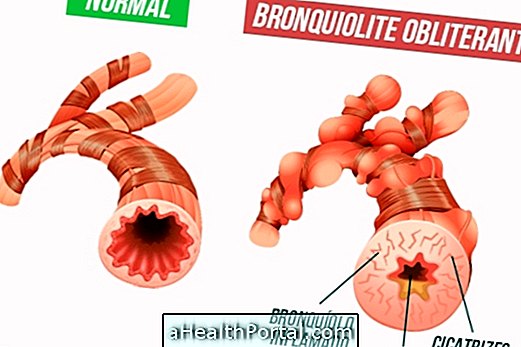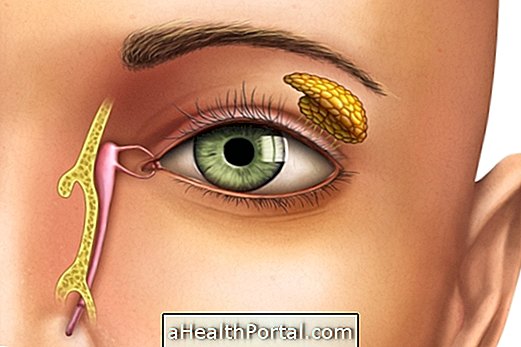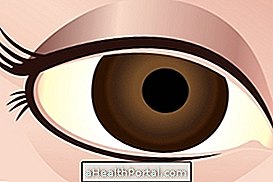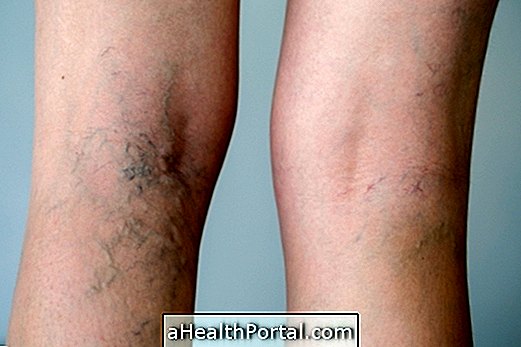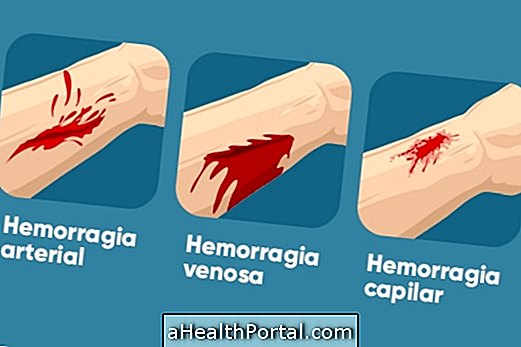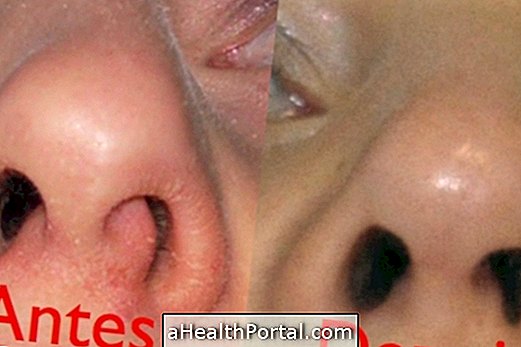Bluish, greyish or slightly greenish oval birthmarks that are oval and about 10 cm long, located on the back or buttock of the newborn baby pose no health problems and are not the result of any trauma. These spots disappear spontaneously around the age of 2 years without the need for any specific treatment.
In some regions of Brazil these spots are called Jenipapo but scientifically the doctors refer to them as Mongolian stains . It is believed that they are the result of cross breeding, and the most affected babies are blacks and mulattos, although they may all be affected.
Check out other skin problems that can also cause blemishes on the baby.
How to know if they are Mongolian spots
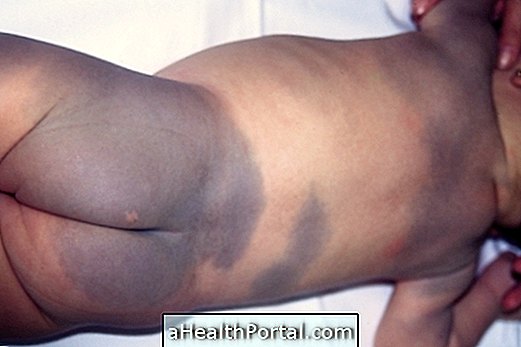
The doctor and the parents can identify the mongolian spots as soon as the baby is born. It is common for the baby to be located on the back, belly, chest, shoulders and buttocks, and it is not usually necessary to do any specific tests to reach his diagnosis .
If the spot is located in other areas of the baby's body, it is not so widespread or appears overnight, a hematoma may be suspected, which occurs due to a blow, trauma or injection. If violence against the baby is suspected, parents or authorities should be advised.
When they disappear
Although most Mongolian spots disappear by age 2, they may persist into adulthood, and in this case it is termed the Persistent Mongolian Blot, and may affect other areas of the body such as face, arms, hands, and foot.
The mongolian stains gradually disappear, becoming increasingly clear as the baby grows. Some areas may lighten faster than others, but once it's clearer, it will not turn dark again.
Parents and pediatricians can take pictures in bright places to assess the color of the spot on the baby's skin over the course of months. Most parents notice that the spot disappeared completely until the baby's 16 or 18 months.
Can Mongolian spots become cancer?
Mongolian stains do not pose any skin problems and do not turn into cancer. However, a case was reported of only one patient who had persistent Mongolian spots and was diagnosed with malignant melanoma, but the link between cancer and mongolic spots was not confirmed.
How to care for the skin
As the skin coloration is darker, naturally there is greater sun protection in the areas covered by mongolian spots. However, it is always important to protect your baby's skin with sunscreen whenever it is exposed to the sun. Here's how to expose the baby to the sun without health risks here.
Despite this, all babies need to sunbathe, being exposed to the sun for about 15 to 20 minutes, early in the morning until 10am, without any sun protection so your body can absorb the vitamin D, which is important for bone growth and strengthening.
During this brief sunbath, the baby should not be alone, nor with too much clothing because it can get very hot. Ideally, your baby's face, arms and legs should be exposed to the sun. If you think your baby is hot or cold, always check your temperature by placing a hand on the baby's neck and back.
